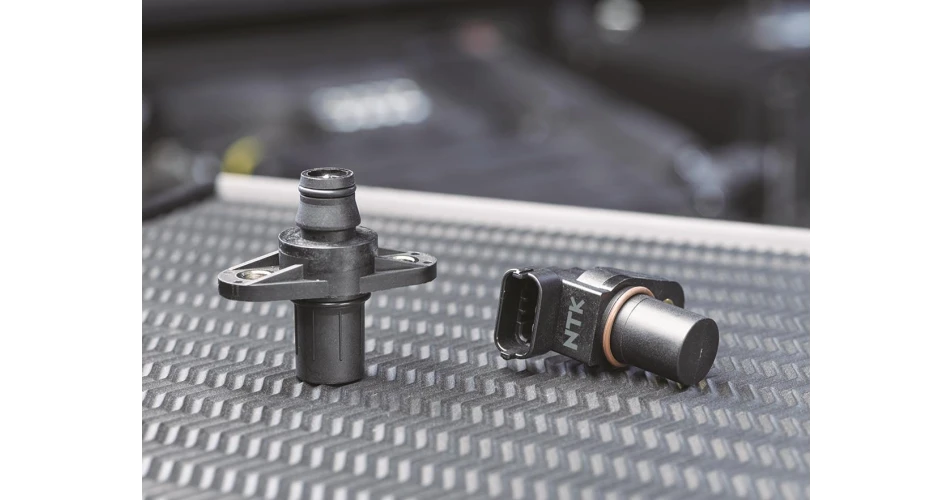NGK’s range of premium NTK camshaft and crankshaft sensors have proved to be a popular addition to the company’s portfolio since being launched last year. The 200 part number range offers excellent Irish vehicle parc coverage and has opened up further sensor replacement opportunities for aftermarket customers.
Cam and crankshaft sensors (also known as engine speed & position sensors) are a vital part of the engine management system and provide information about engine speed and the exact position of several engine parts, camshaft/valves, and crankshaft/pistons. Supplying this information to the ECU enables the fuel injection and ignition systems to function efficiently.
Mark Hallam, Marketing Manager, NGK Spark Plugs said, “Our NTK camshaft and crankshaft sensors have been very positively received by our customers in Ireland and the UK since being launched in April last year. NTK has more than 40 years’ experience in the sensor business and the comprehensive range of premium camshaft and crankshaft sensors further confirmed our position as a leading ignition and sensor supplier, proving extremely popular with our distributors and their garage customers.”
The sensors use either Hall effect or inductive principle and are not interchangeable. Some are designed to operate ‘dry’, some in oil contact.
Hall effect sensors have integrated electronics, an external 5V power supply and a square output signal (0V/5V). They can detect a ‘position’ even when the trigger wheel is stationary. Compared to inductive type, they have less sensitivity to electromagnetic interference and changes in the air gap between sensor and the trigger have no direct effect on the signal. They have three pin connectors.
Inductive sensors generate a signal, have no external power supply, and have a wave-form output signal. A signal is generated only as the ‘trigger wheel’ passes by. Voltage rises as the trigger wheel increases speed. The mounting distance between the sensor and trigger wheel is important. They have two or three pin connectors, the third being a shielding ground connection.
Whichever design principle, the sensor delivers the input signal for the ECU. Without that signal the engine runs poorly, hard starting results or vehicle breakdown occurs.
For more information about NGK and its products and services please visit the website www.ngkntk.com
